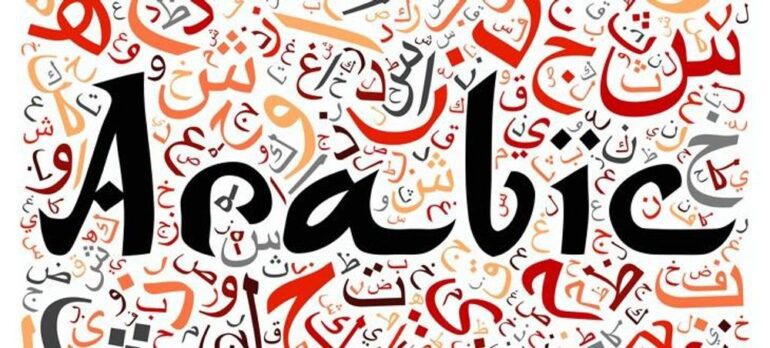TL;DR:
- Research highlights the proficiency of large language models (LLMs) in translating Arabic dialects into English.
- Arabic language diversity, influenced by historical, spatial, and sociopragmatic factors, presents a significant challenge.
- LLMs outperform commercial machine translation (MT) systems, with GPT-4 leading the way.
- Challenges include a lack of public datasets for certain dialects.
- Concise English prompts prove most effective in instructing LLMs.
- Bard model struggles to align with human instructions during translation tasks.
Main AI News:
In an illuminating research paper unveiled on October 23, 2023, scholars hailing from the esteemed institutions of the University of British Columbia and Abu Dhabi’s Mohamed bin Zayed University of Artificial Intelligence have demonstrated the remarkable prowess of large language models (LLMs) when it comes to translating Arabic dialects into English. This development carries profound implications in a world where linguistic diversity knows no bounds, especially within the Arabic-speaking population of approximately 450 million individuals spread across the Arab world.
The Arabic language, as the researchers astutely point out, forms a rich tapestry of linguistic nuances, shaped by a multitude of factors spanning the temporal, spatial, and sociopragmatic domains. These facets encompass the evolution of the language over time, distinctions at the country level, and the pragmatic intricacies that delineate formal government communication from the colloquial language of the streets.
One critical aspect that the research team highlighted is the relative dearth of attention given to assessing how well LLMs can handle the translation of these diverse Arabic dialects into other languages. In response to this gap in knowledge, the researchers embarked on a comprehensive evaluation, pitting ChatGPT (comprising both GPT-3.5-turbo and the newer GPT-4) and Google’s Bard against commercial machine translation (MT) systems like Google Translate and Microsoft Translator.
This evaluation encompassed a diverse selection of ten Arabic varieties, which included Classical Arabic (CA), Modern Standard Arabic (MSA), and various dialectal variants specific to different countries. To gauge their performance, the researchers employed automated metrics such as BLEU, METEOR, and TER.
To ensure a rigorous assessment under real-world conditions, the researchers painstakingly curated a multi-dialectal Arabic dataset for MT evaluation. This approach provided a holistic view of the LLMs’ capabilities, shedding light on their performance with novel and previously unexplored datasets.
However, as with any groundbreaking research, challenges emerged. The absence of publicly available datasets for some dialects posed a significant hurdle, making it arduous for the models to capture the subtleties and nuances of these less-documented dialects.
The researchers candidly acknowledged that while LLMs have made remarkable strides, they remain far from inclusive, struggling to fully cater to the linguistic and cultural intricacies of diverse communities. Nevertheless, the study’s results were clear and unambiguous – LLMs, on average, outperformed their commercial counterparts in the translation of dialects, marking a significant milestone in the world of machine translation.
A noteworthy observation was the consistent superiority of GPT-4 over GPT-3.5-turbo, except in cases involving few-shot examples, where GPT-3.5-turbo held its own. Additionally, the study underscored that, across a majority of the assessed varieties, both GPT-3.5-turbo and GPT-4 outperformed Bard, establishing their effectiveness for these linguistic nuances in comparison to Bard.
Intriguingly, the research team delved into the realm of prompts to uncover the most effective means of instructing the LLMs. Three prompt candidates were put to the test: a concise English prompt, an elaborate English prompt, and an Arabic prompt. The results unequivocally favored the concise English prompt, aligning with prior research that has highlighted the effectiveness of English prompts in guiding LLMs.
Expanding their purview, the researchers also ventured into a human-centric analysis of the Bard model’s efficacy in adhering to human instructions during translation tasks. The outcomes unveiled a limited capacity of Bard to align with human instructions in translation contexts, further emphasizing the superiority of LLMs in this domain.
Conclusion:
The study’s findings reveal a groundbreaking shift in the market for language translation services. Large language models (LLMs), exemplified by GPT-4, have demonstrated their superiority in translating Arabic dialects into English. This breakthrough underscores the potential for LLMs to reshape cross-cultural communication and opens up new opportunities for businesses to engage with diverse markets more effectively. As LLMs continue to advance, they are poised to disrupt the traditional language translation landscape, offering businesses a powerful tool to bridge linguistic divides and expand their global reach.

